Perk Up with 6 Tasteful Malaysian Drinks
Lighten your mood and rejuvenate your senses with 6 must-try Malaysian drinks!
Discover the authentic in Asian cuisine food
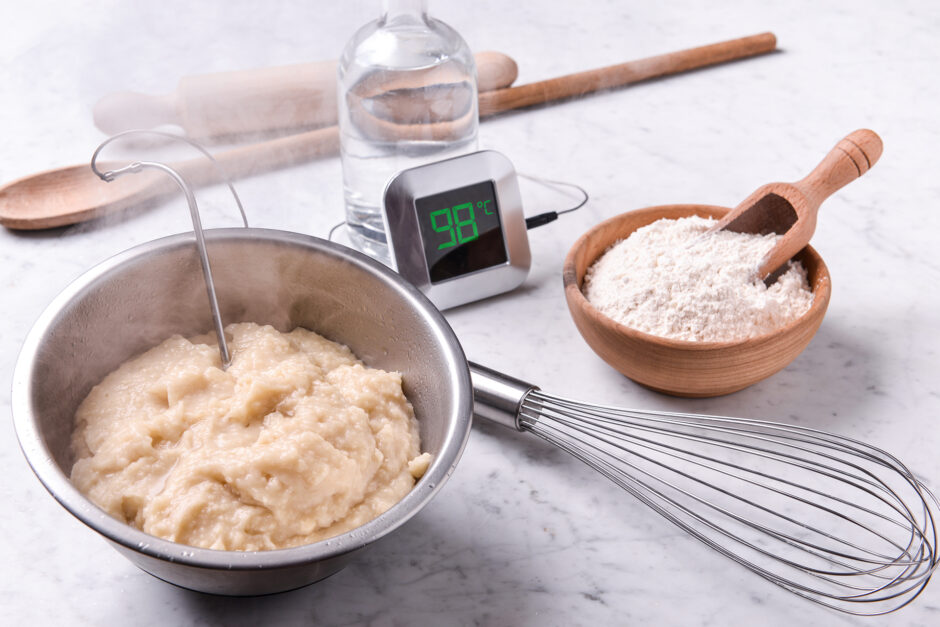
What’s the difference between European-style bread and Asian bread? Texture and taste. European baking makes bread with a hard crust and dry, flaky crumb; slightly salty with a slightly sour aftertaste. Asian bread, however, is soft, fluffy and subtly sweet. Although the bread was introduced to Asia via China millennia ago, the special baking method probably started around the 1800s in Japan. Namely, the Yudane method to make rectangular-shaped milk bread loaves, with texture so tender and feathery to chew that it practically melts in your mouth. Nowadays, this type of milk bread is a ‘standard’ household food for many Asian families, enjoyed in sandwiches or on its own with half-boiled eggs and breakfast beverages.
Over time, the Yudane method made it to coastal China and Taiwan. From there, a variation called the Tangzhong method was invented.
Yudane and Tangzhong are the same words in translation, roughly meaning ‘boiled dough’. It’s basically to scald or cook your bread flour with water, to make a roux that gelatinizes into your base dough. This flour and water mixture is highly moisture-absorbent, thus producing softer bread.
While some use the two terms interchangeably, they are slightly different. Yudane scalds the bread flour with boiling water on a 1:1 ratio, and the mixture should be kept overnight in the fridge for the dough to gelatinize. The Tangzhong method cooks bread flour with water on a 1:5 ratio, on low heat, until it turns gluey; let it cool into a dough, and you’re all set for the next steps. Both methods give you a similar fluffy texture, but Yudane-made bread may stay fresh for longer than Tangzhong.
Ready to make extra fluffy bread? Just follow these steps!

Step 1: Mix bread flour with boiling water until they’re well-blended into a paste-like texture.

Step 2: Cover with cling wrap and fridge for 4-8 hours – the longer you leave it, the better it gelatinizes into a dough. When ready, take it out, and let it warm till room temperature.

Step 3: Set the Yudane dough aside. Mix high-protein flour with sugar, salt, and yeast.
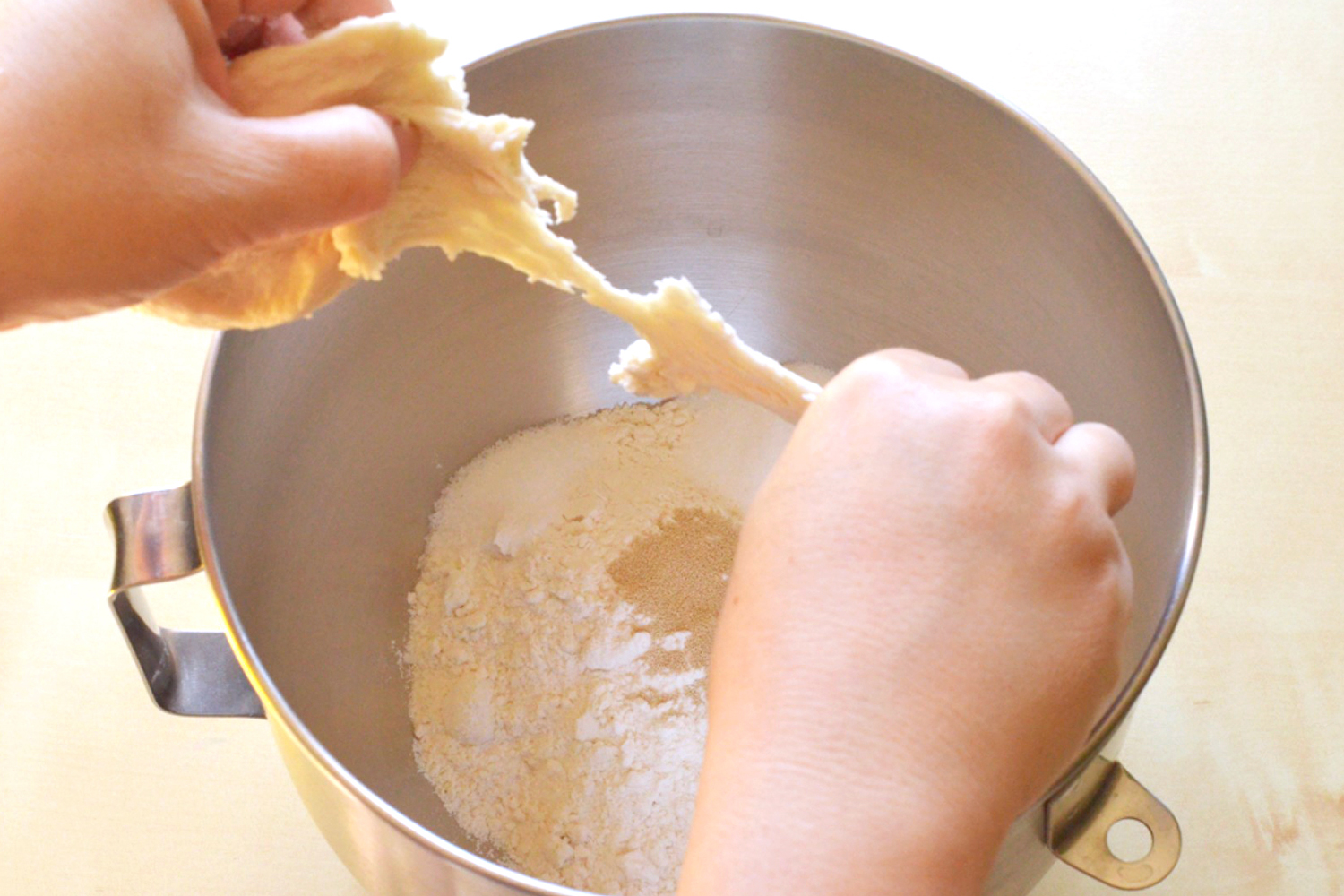
Step 4: Tear the Yudane dough into the mix, then add milk.
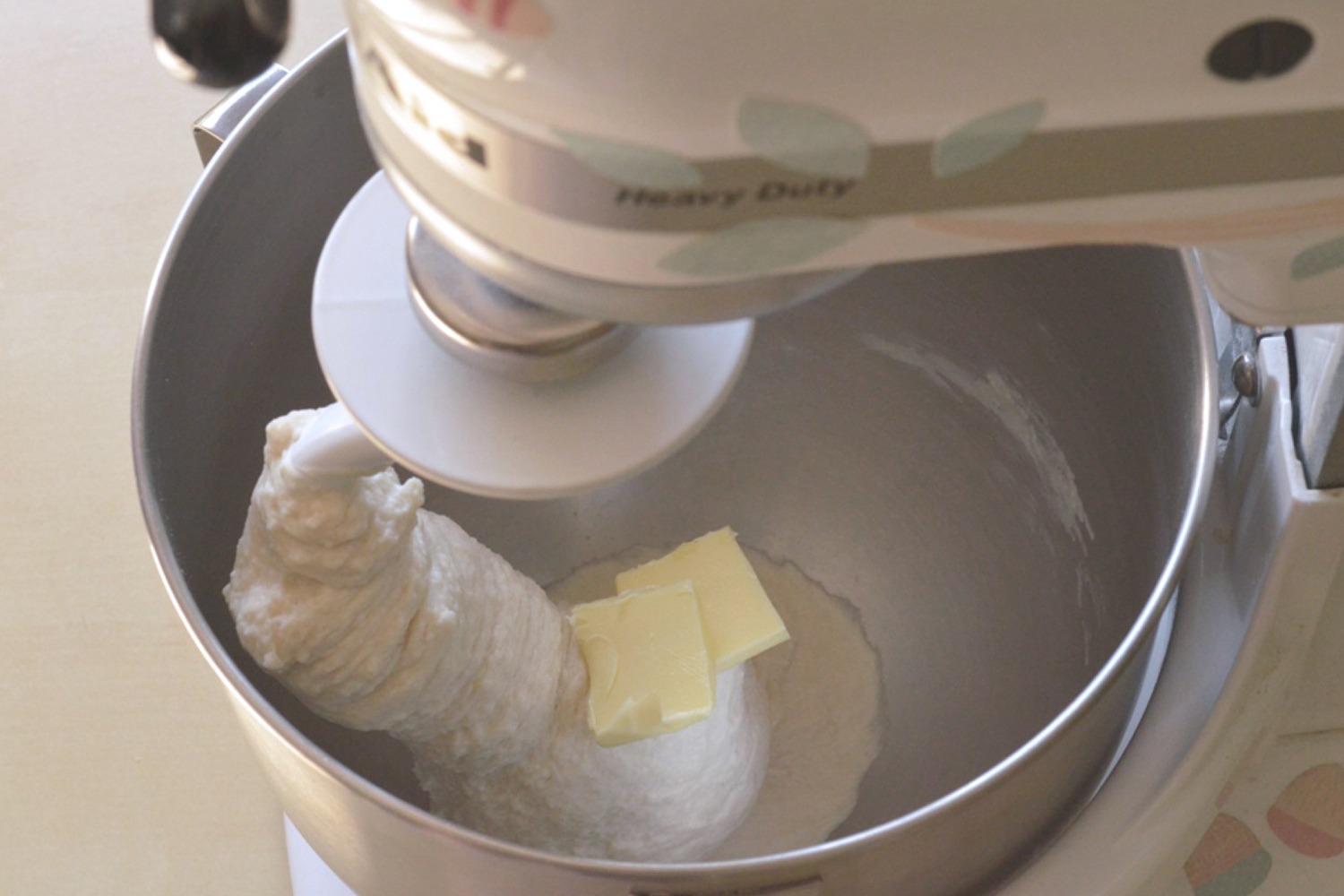
Step 5: Knead well and add butter.

Step 6: Give your dough the ‘windowpane’ test – pull and stretch it thin, till you can see through it without tearing.
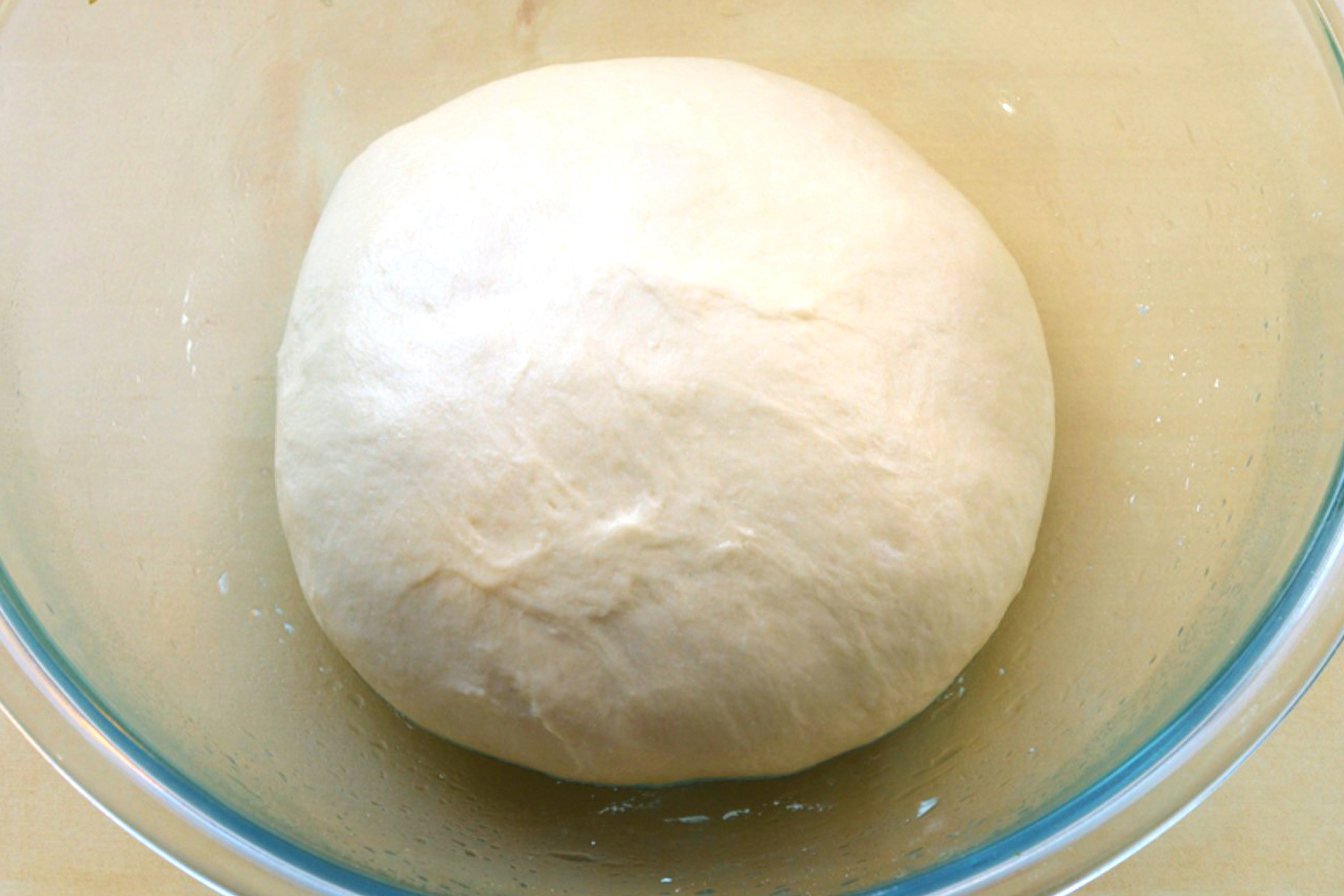
Step 7: Shape the dough into a bun, and let it sit to rise for 45-60 mins. The size should at least double.

Step 8: Use your knuckles to press out the air trapped within.
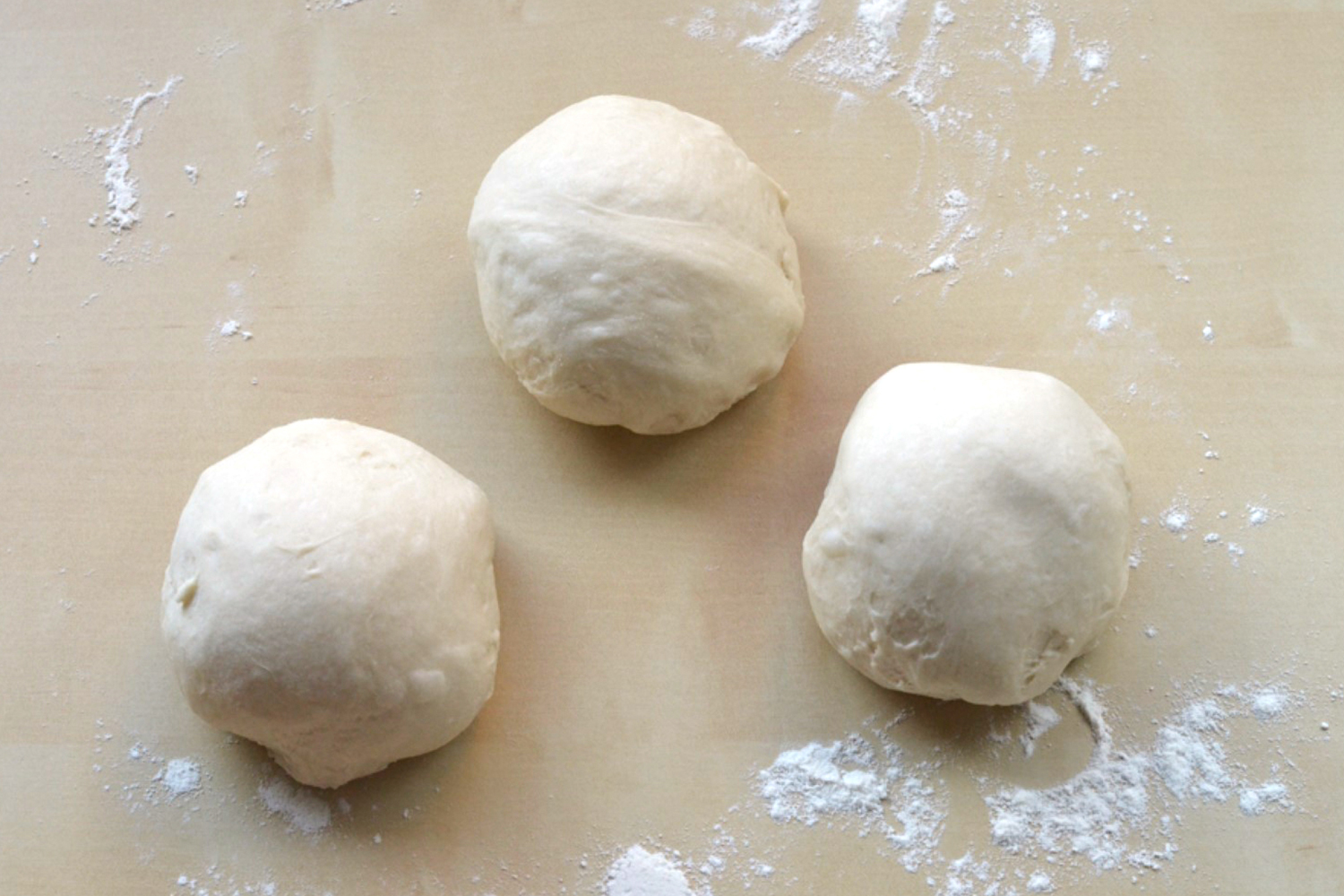
Step 9: Divide into portions and shape them into balls.
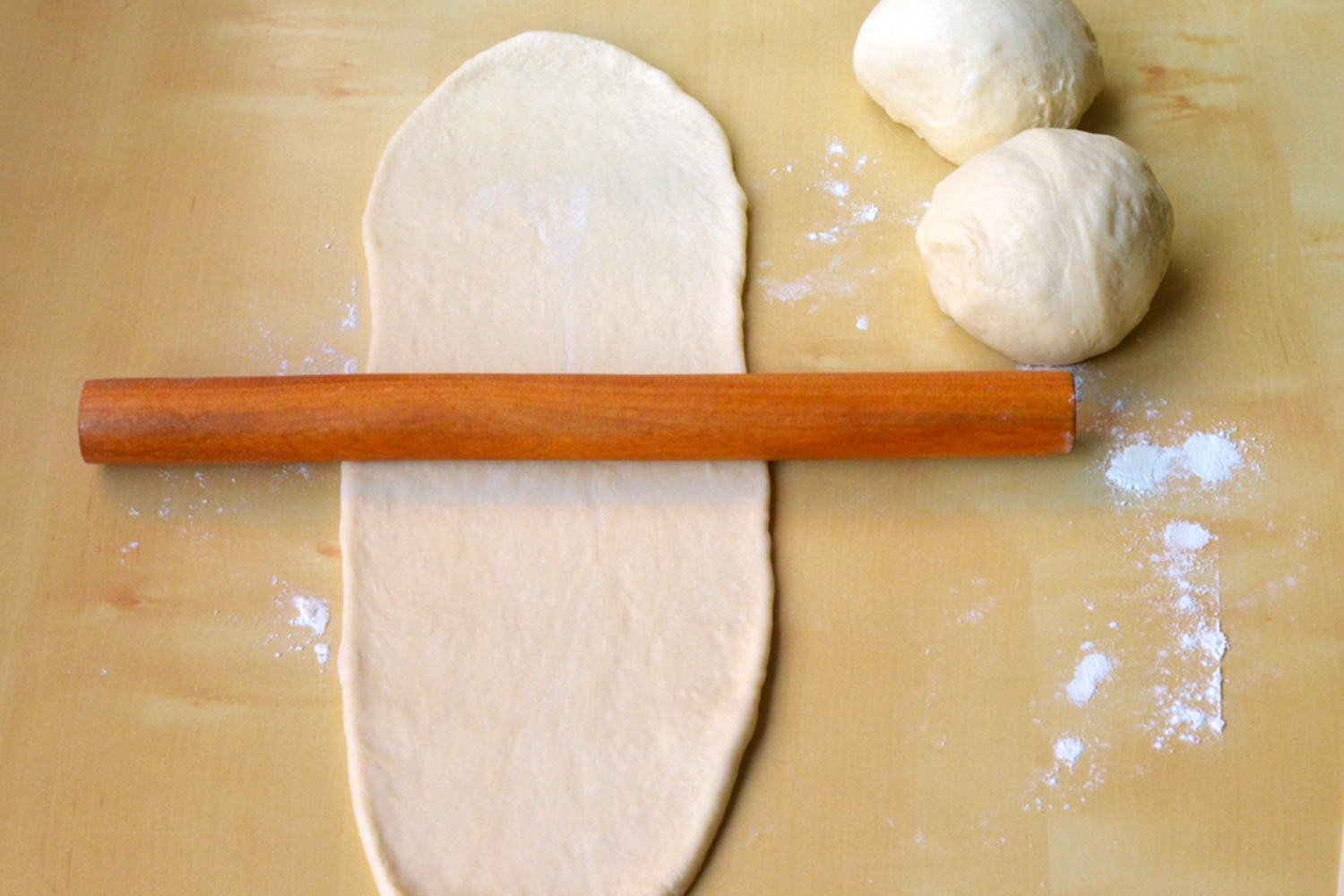
Step 10: Take each dough ball and flatten it with a rolling pin into a ‘sheet’.
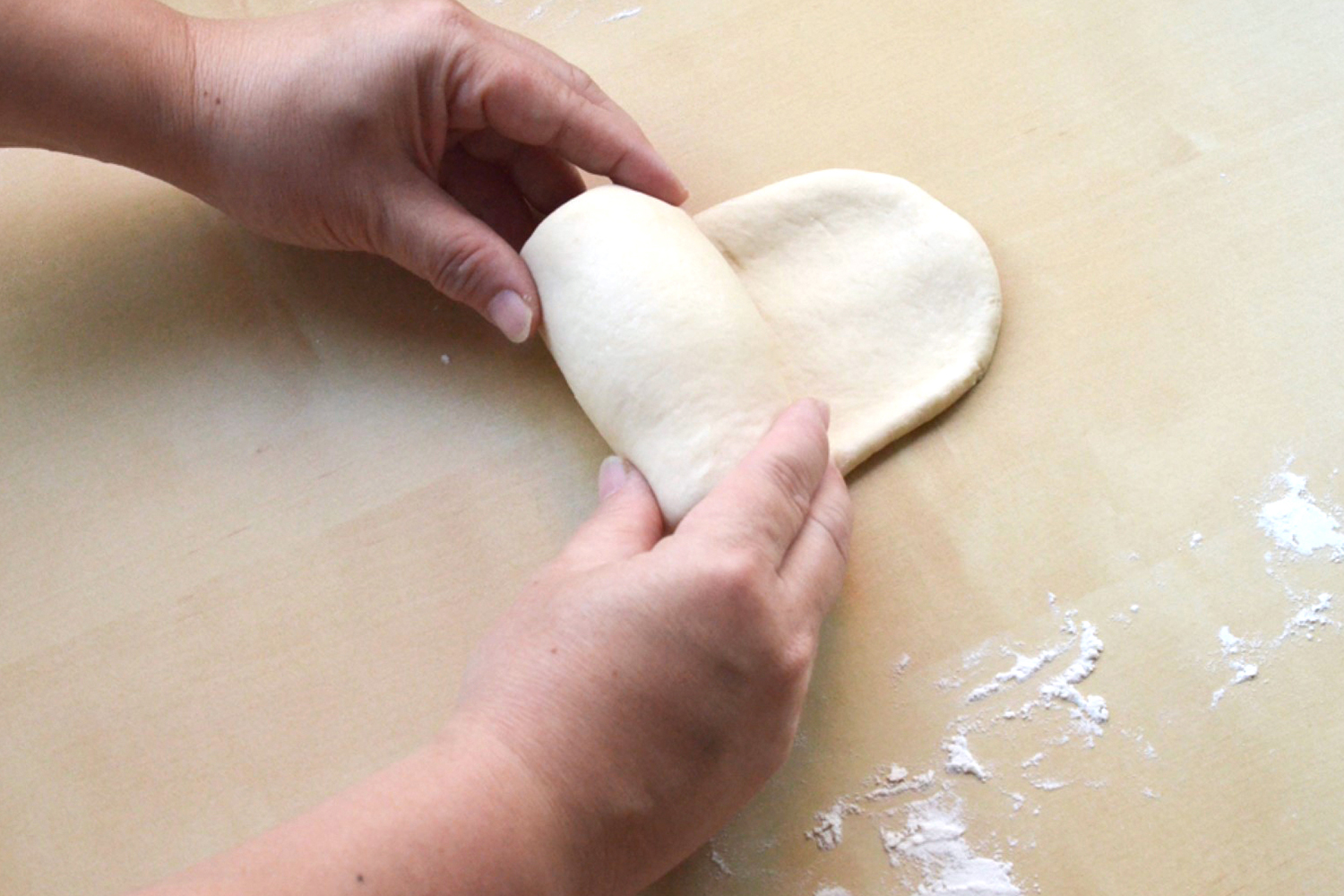
Step 11: Roll the ‘sheet’ up. Flatten it, but not too thin, then roll again.
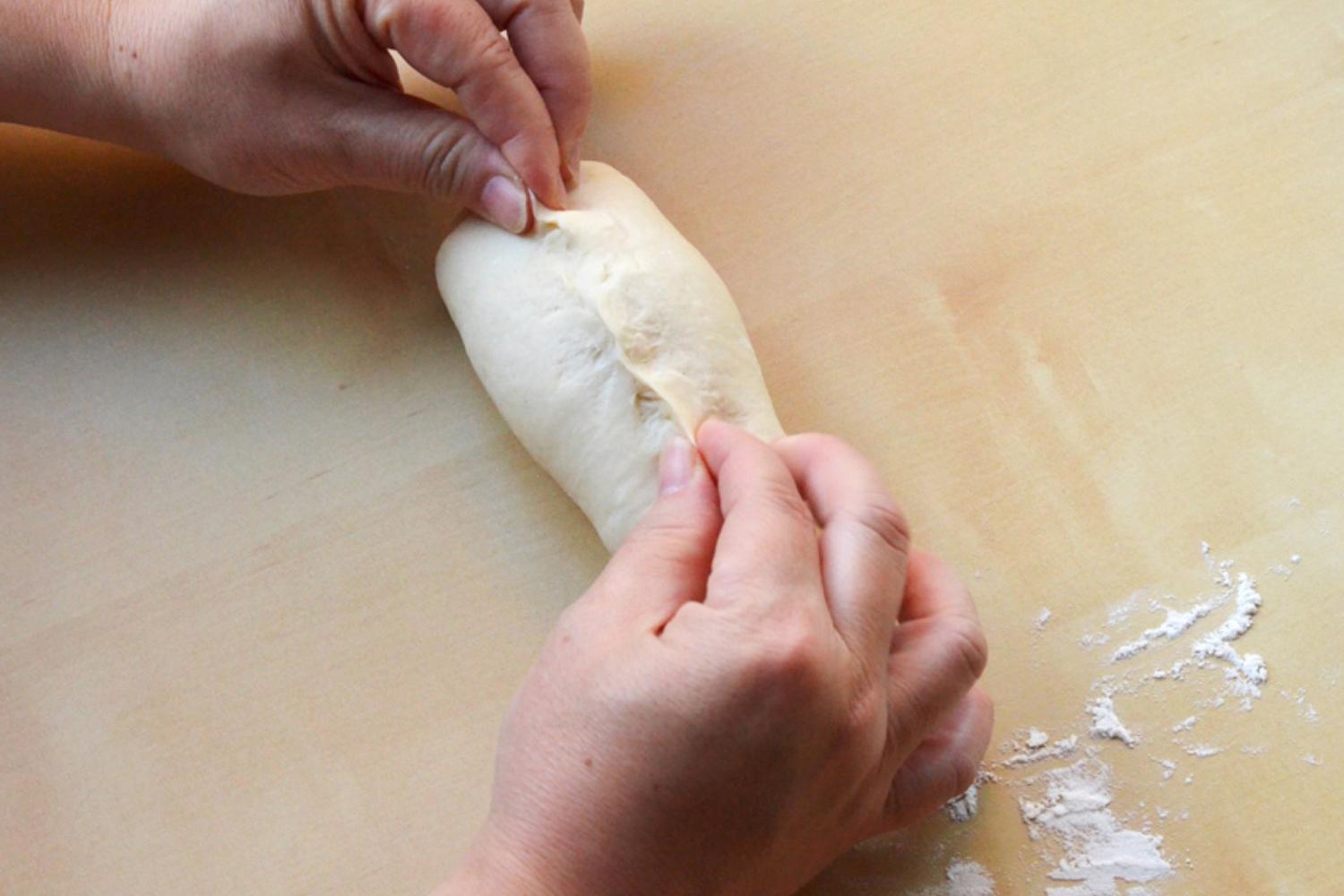
Step 12: Seal the seam at the end.

Step 13: Place the rolls with the sealed part at the bottom of your bread pan, and let them rise for about 50-60 mins to the pan’s rim.

Step 14: Brush a coat of beaten eggs on the dough, then bake!

Step 15: About 30mins in the oven, and the dough should turn golden brown into a fluffy, satisfying loaf. Want a more detailed recipe? Come grab it here!

Lighten your mood and rejuvenate your senses with 6 must-try Malaysian drinks!

Pair your hearty barbecues with these refreshing Asian delights!

What are the properties of ginger, and how to pick, store and use ginger in your cooking? Find out here!